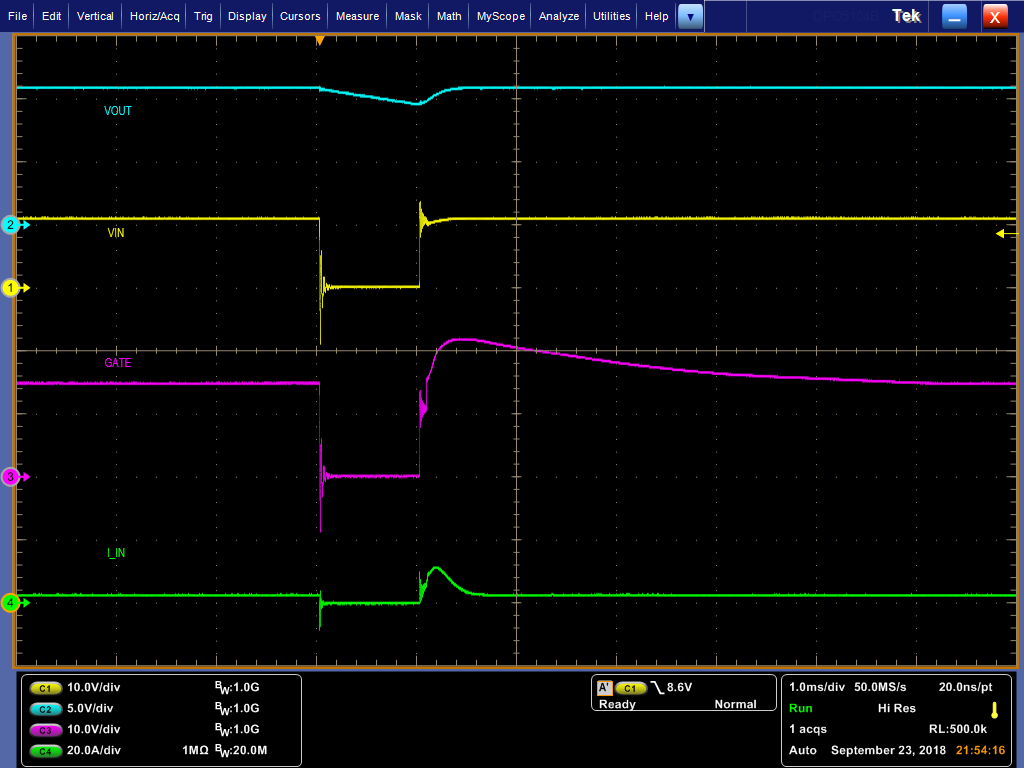Other Parts Discussed in Thread: TPS62135, BQ2057,
Good afternoon...
I'm looking at a low loss way to connect a buck converter to a battery charger....Initially I was using a diode and found it to waste too much power....I have been considering placing low RDSon MOSFETs (P type) back to back and using them however I have also been looking at the LM74700 ideal diode....After reading the datasheet I just want to confirm what I believe I read:
1. The reverse leakage current will be caused by IDSS due to inherent body diode? I have a high impedance resistive feedback on buck converter so this leakage is important to me.....
2. At turn on inrush will be through the body diode until mosfet turn on?
3. In the event the MOSFET gets disabled (via the Enable pin) the body diode WILL conduct all the current?
Thanks
Steve


